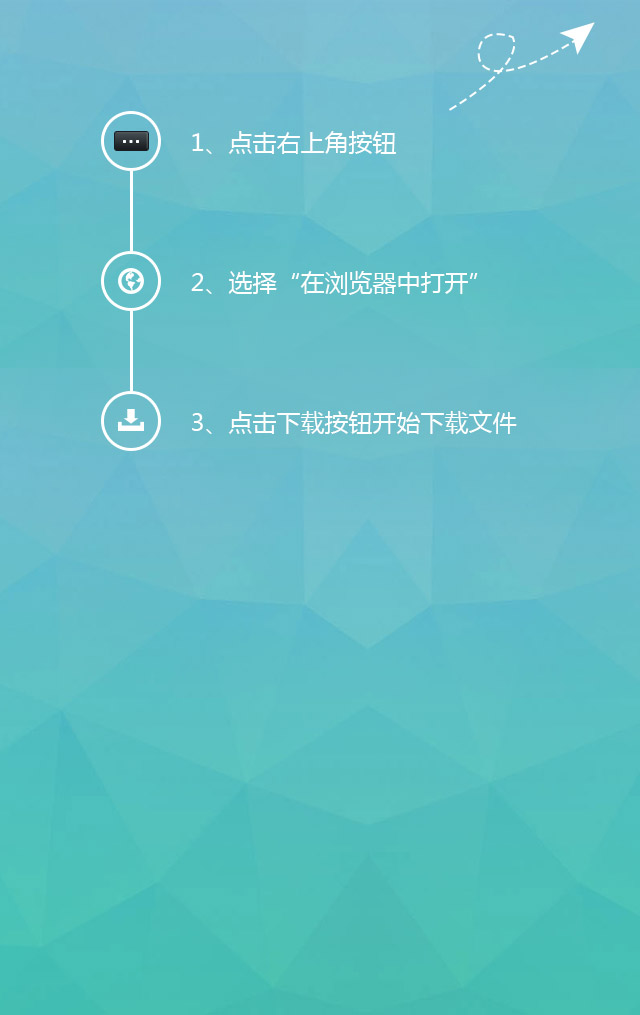Trademark Registration in China: A Step-by-Step Guide
Trademark Registration in China: A Step-by-Step Guide.
Introduction
China is a first-to-file jurisdiction: trademark rights are granted to the first party that files a valid application, regardless of prior use elsewhere. To secure protection on the mainland, you must register with the China National Intellectual Property Administration (CNIPA). Below is a concise, practical roadmap.
- Pre-Filing Clearance
• Distinctiveness: Marks that are purely descriptive, generic, or otherwise lack distinctiveness will be refused unless they have acquired secondary meaning through extensive use
• Availability Search: Use CNIPA’s free online database—or engage an agent—to confirm that no identical or confusingly similar marks already exist in the relevant classes and subclasses
• Chinese-Language Consideration: Even if your primary mark is in Latin characters, file a corresponding Chinese transliteration or meaning-based version to avoid squatting and to facilitate enforcement . - Choose the Filing Route
a. National Application (recommended for most foreign companies)
– Must be filed through a CNIPA-licensed Chinese agent.
– Average timeline: 12 months if smooth
b. Madrid Protocol Extension via WIPO
– Relies on a basic home application/registration.
– CNIPA can issue a refusal within 12–18 months; if refused, you must respond directly or convert to a national filing
Tip: Because China uses its own subclass system within the Nice classes, national filings often encounter fewer subclass objections than Madrid extensions . - Prepare and Submit the Application
Required documents (national route) :
• Completed application form (online or paper).
• Clear representation of the mark (word, device, 3-D, colour, sound, etc.).
• List of goods/services (must use standard subclass names published by CNIPA).
• Power of Attorney signed by the applicant (no legalization needed).
• Certified copy of the applicant’s business certificate plus Chinese translation.
Fee: Official fee is approximately RMB 300 per subclass; agent fees vary. - Examination (≈ 4–9 months)• Formality check: missing documents trigger a 30-day correction window.
• Substantive examination: absolute grounds (distinctiveness, morality) and relative grounds (conflicts with prior marks).
• If acceptable, the mark is preliminarily approved and moves to publication. - Opposition Period
• Publication lasts 3 months in the Trademark Gazette
• Any third party may oppose on grounds of prior rights, bad faith, non-use, etc.
• If opposed, evidence rounds and hearings can extend the process another 6–12 months. - Registration and Certificate
• No opposition or unsuccessful opposition: CNIPA issues an electronic registration certificate.
• Term: 10 years from the registration date (end of opposition period), renewable indefinitely within 12 months before expiry . - Post-Registration Maintenance
• Use requirement: If the mark remains unused for any 3 consecutive years, it becomes vulnerable to non-use cancellation.
• Recordal of assignments, name/address changes, or licence agreements must be filed with CNIPA.
- File early—before market entry—to defeat trademark squatters.
- Secure both the Latin mark and a carefully chosen Chinese version.
- Engage a qualified Chinese agent to navigate subclass nuances and communicate with CNIPA.
- Budget 12–18 months and plan marketing roll-outs accordingly.
By following these steps, companies can obtain enforceable trademark rights in China and reduce the risk of costly disputes or buy-back negotiations later. If you have more questions about the procedure and costs, please feel free to contact us. marketing@gomaxgroup.com .
推荐
-

-

QQ空间
-

新浪微博
-

人人网
-

豆瓣
为你推荐
-

How Xiaomi Shielded the SU7 Design: 4 Lessons for IP Success
-

Protect Your Software, Your Ideas, Your Content — How Copyright in China Works
-
Do not let your supplier own your brand in China
-

Strategies for Protecting Your Intellectual Property in China
-

How Can Foreigners Apply for Software Copyright in China






